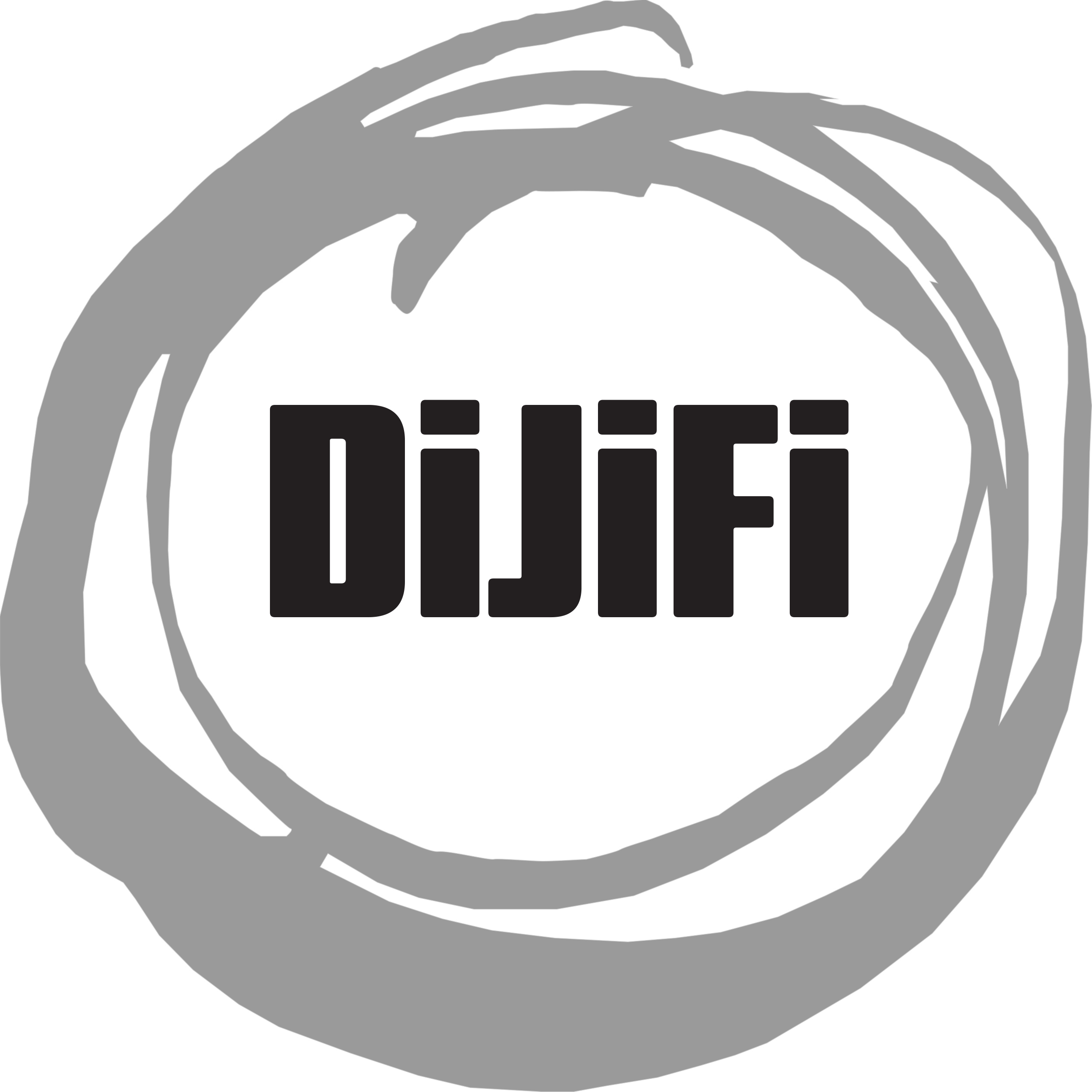How Converting Analog to Digital Audio Works
Our society is continually moving toward a digital future. Most forms of technology now take an entirely digital approach, but analog appliances ruled the world not so long ago. One of the most notable shifts from analog to digital media has been in the form of audio consumption. Records and vinyl are still hot items for many music-lovers, but they have mostly fallen by the wayside in mainstream media. Any audio stored on cassettes, records, and other analog audio formats must be converted to a more modern, digital format so that people can continue to treasure it for many years to come. This guide explores exactly how converting analog to digital audio works and how it can vary depending on the format of the original analog audio.
Differences between analog and digital audio
To understand how converting analog to digital audio works, you must first understand the main differences between these two forms of media. Analog audio exists in soundwaves. The noises and sounds you hear on an everyday basis are considered analog because they exist as waves with varying frequencies and tones. The recordings of said sounds, therefore, are also analog, as are the signals they provide to speakers.
Digital audio, on the other hand, utilizes binary code to transfer signals and audio data. To make analog audio compatible with modern computers and electronic devices, the audio data must be converted to a digital format.
The conversion process
Converting analog audio to a digital format typically requires the use of an analog-to-digital converter, or ADC. This converter samples the wave of the analog data and prepares it for conversion to a digital format. Two main variables must be considered during the sampling. The first variable is the sampling rate. This refers to the number of samples taken per second. The higher the sampling rate, the more closely the digital file will resemble the original analog audio. The second variable is sampling precision, which controls how many different gradations will be possible when taking the sample.
The conversion process is two-fold. In the first conversion, the analog audio is converted into a purely digital format. Afterward, the digital data is converted back into a new analog format. This may seem a bit redundant, but it’s a crucial step to ensure the audio can be played correctly over speakers, computers, or cell phones. This final step in the conversion process transforms the binary code of the digital audio back into a soundwave that human ears can hear and understand. Without this final step, the digital file would sound more like static.
All analog audio files vary slightly, but almost all of them undergo similar digitization processes. To digitize microcassette tapes, records, or mini-disks, contact our team at DiJiFi today.

